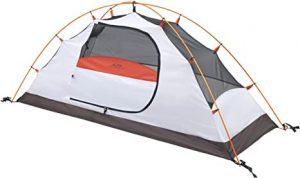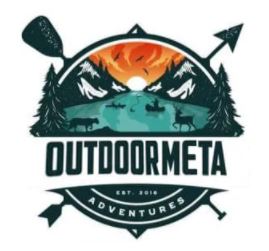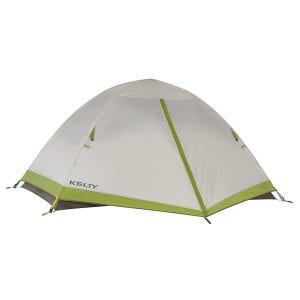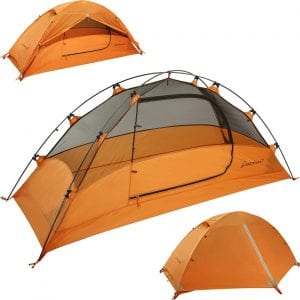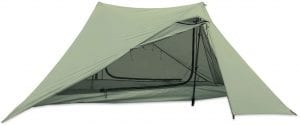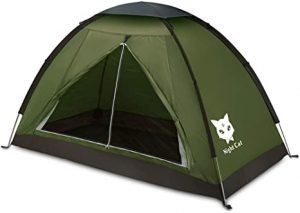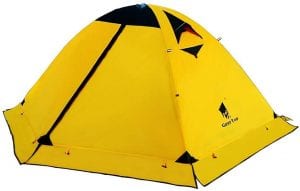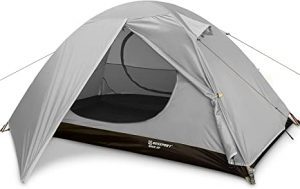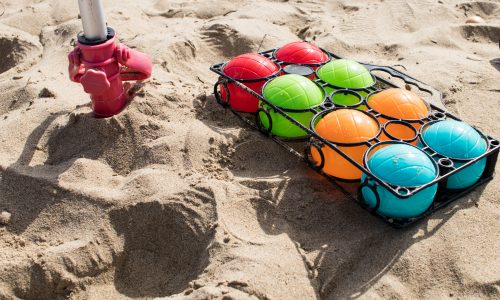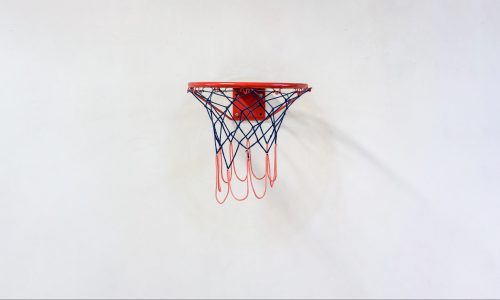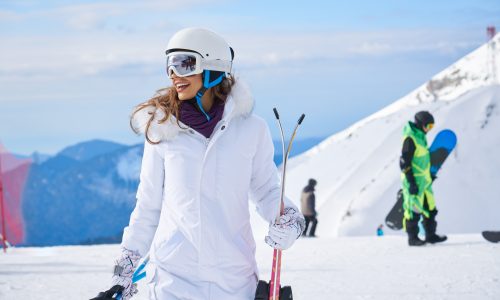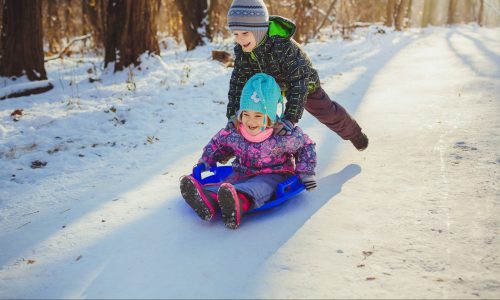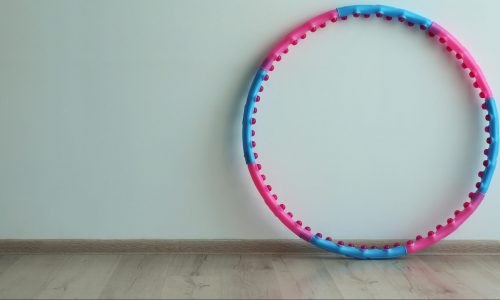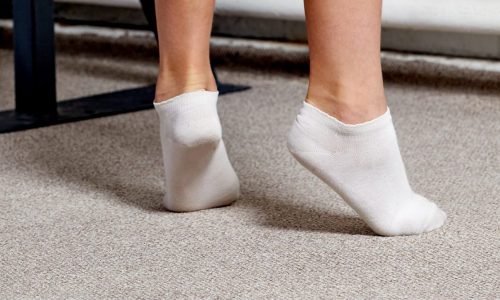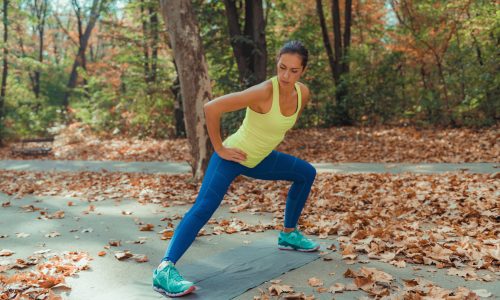The Best Backpacking Tent
We looked at the top 7 Backpacking Tents and dug through the reviews from 17 of the most popular review sites including and more. The result is a ranking of the best Backpacking Tents.
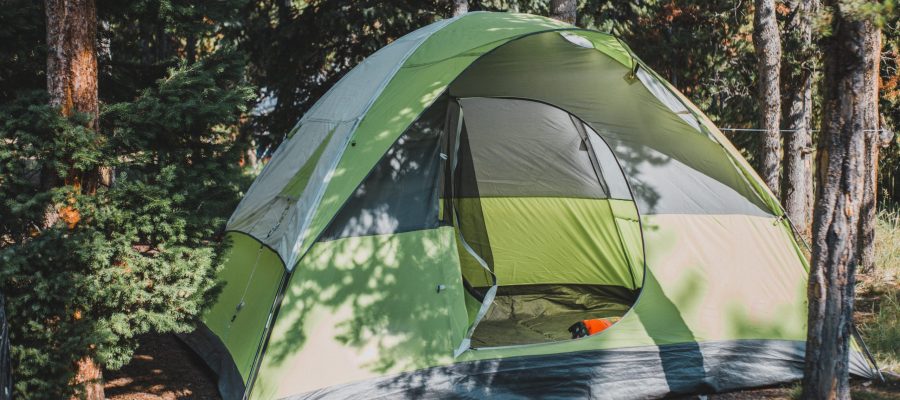
Our Review Process
Don't Waste Your Money is focused on helping you make the best purchasing decision. Our team of experts spends hundreds of hours analyzing, testing, and researching products so you don't have to. Learn more.
Our Picks For The Top Backpacking Tents
- 1. ALPS Lynx Freestanding Backpacking Tent, 1-Person
- 2. Kelty Salida Compact Backpacking Tent, 2-Person
- 3. Clostnature 3 Season Lightweight Backpacking Tent, 1-Person
- 4. Drop + Dan Durston X-Mid Double Walled Backpacking Tent
- 5. Night Cat Foldable Backpacking Tent, 1 & 2-Person
- 6. GEERTOP Dome Water-Resistant Backpacking Tent, 2-Person
- 7. Bessport Ultralight Backpacking Tent, 4-Person
This tent gives you everything you need to stay comfortable and dry when you're camping out, including a built-in tarp and ground cloth to keep the interior insulated. The material resists water and UV damage, and mesh on all three sides provides ventilation. Easy setup will ensure you can spend more time enjoying the great outdoors.
Built-in Ground ClothThe ground cloth on this tent ensures you're protected from all directions.
With folding poles, this tent is not only backpack friendly, but it's easy to set up. The material is polyester with mesh and a nylon floor. The interior pockets will give you a way to handily store items like toiletries and camping supplies.
2-Person TentWith enough space for two people to sleep comfortably, this is a great tent for your camping trips with a friend or significant other.
Easy setup makes this tent stand out, requiring only one person to get it ready. The material is 210T polyester with waterproof coating to keep you dry and comfortable even in bad weather. The interior walls are made from mesh for great ventilation, and you'll get a D-shaped door for easy entry and exit.
Ultra-Light DesignWeighing only 3.7 pounds, this tent will give you plenty of space without being difficult to carry.
You'll get plenty of space for sleeping and relaxing in this pole shelter, which can be supported by the same trekking poles you're using for hiking. This simple design means you can save space in your backpack while still ensuring you have a place to sleep at night. Setup is a breeze, thanks to a design that lets you just insert the poles into the...
Pole ShelterThis shelter sets up using just a couple of trekking poles to keep things simple.
Buying Guide
If you enjoy backpacking, you know the value of being able to pitch a tent at the end of a long day of hiking. But the problem with backpacking is that you have to carry your tent to the campsite.
Luckily, there are plenty of tents that are built with backpackers in mind. These lightweight tents are designed to be both durable and easily portable. If you’re buying a tent to use on your backpacking trips, it’s important to search for one with a lightweight, compact design. But you also won’t want to sacrifice usefulness.
With many backpack-geared tents, you’ll find that the tent poles fold down. Some will even use your own trekking poles to hold the material in place. That means you’ll have the poles to use during the day.
The weight of the material itself comes into play. Some is more lightweight than others, and lighter-weight material won’t take up much room in your backpack. But if you’re going for a lightweight design, make sure it’s durable enough to hold up if conditions turn windy or rainy. Many backpacking tents are built with materials that resist water.
Another consideration is size. If you’re backpacking alone, you can find tents that sleep one person. Even if you’re backpacking with a buddy, though, you may each want to pack separate one-person tents. You can find tents that sleep more people if you want more room or you’re traveling with your family.
Most tents are rated for three seasons: spring, summer and fall. You can go on overnight backpacking trips in the winter, especially if you live in an area where winters are mild. But many tents aren’t built to keep the interior warm in extremely cold conditions. Bringing items like thicker sleeping pads may load you down too much to make it worth it to backpack during the chillier months.
Why we recommend these backpacking tents?
Products Considered
Products Analyzed
Expert Reviews Included
User Opinions Analyzed
Our experts reviewed the top 7 Backpacking Tents and also dug through the reviews from 17 of the most popular review sites including and more. The result is a ranking of the best of the best Backpacking Tents.
DWYM is your trusted roduct review source. Our team reviews thousands of product reviews from the trusted top experts and combines them into one easy-to-understand score. Learn more.
The Best Bang For Your Buck
Clostnature 3 Season Lightweight Backpacking Tent, 1-Person
Key Takeawy
Easy setup makes this tent stand out, requiring only one person to get it ready. The material is 210T polyester with waterproof coating to keep you dry and comfortable even in bad weather. The interior walls are made from mesh for great ventilation, and you'll get a D-shaped door for easy entry and exit.
What other experts liked
What other experts didn't like
What to Look For
- Before buying a tent, consider the size of the pack you’ll be carrying, along with the other supplies you’ll be taking along with you. You’ll want to make sure you have enough room for everything.
- Even if a tent is made from water-resistant materials, make sure there aren’t cracks and crevices that might let water in. You could find that you’re getting moisture from a corner or doorway.
- Ventilation can come in handy when the weather is warmer. Many backpacking tents are built with mesh walls so that you can let air flow through the tent without having to fight off bugs.
- Having coverage is important when you’re camping, but also consider the floor of the tent. If you’re sleeping on the ground, you may find that doesn’t work so well after a strong rain. Some tents come with flooring built-in so that you’re protected from all directions.
- The poles can often take up the most room in a backpack. Look for collapsible poles designed to be space savers. You may also find tents that will let you use your trekking poles as tent poles to save space.
- You can backpack on your own, but it’s usually safer to have a buddy along. Either way, usually you’ll each want to pack your own tent.
- There are different types of backpacking trips. Typically, if you’re buying backpacking tents, they’re geared toward short trips, such as those that have you sleeping in a tent only one or two nights. If you’re going on an extended backpacking trip, consider choosing a top-of-the-line tent that will get you through multiple nights.
- If you’re new to hiking, you can find guidebooks specific to hiking in an area that will help you navigate the trails. An app that will work offline can also be a great option. Just keep in mind you probably won’t have cellphone reception once you get deep into a trail. Make sure your app will work without that connection before you leave home.
- There’s a reason summer is a popular time for backpacking. The weather in the summer is typically a little more predictable and the daylight hours are longer, helping you travel a farther distance. Still, if you live in an area where temperatures are dangerously hot in the summertime, you may want to save your backpacking trips for early fall or late spring.
- If you’re new to backpacking, it’s a good idea to load your backpack up and take it on a test run at a local park or campground before you commit to a long-term trip. This will give you a feel for just how much you can weigh your backpack down before it fatigues you. It may take an hour or two of walking with the backpack in place for you to truly get an idea of how it will feel over the long haul.
- For sleeping, you’ll need something that gives you cushioning without weighing you down. Sleeping pads are the go-to product for that. You can find insulated ones that will protect you from the ground temperature, but pay close attention to the weight. Your sleeping pad will likely be one of the heaviest items in your pack.
- Also keep in mind that you’ll need clothes to wear throughout your backpacking trip. Many backpackers opt to dress in layers so that they can remove items as conditions merit it. But extended backpacking trips can require more changes of clothing, which will quickly consume the limited space in your backpack.
- It’s important to start loading up your backpack well in advance of your trip. That will help you identify things that you might be missing. You can find printable checklists online that will help you see exactly what you need.
More to Explore
Gear up with these recommendations for:

